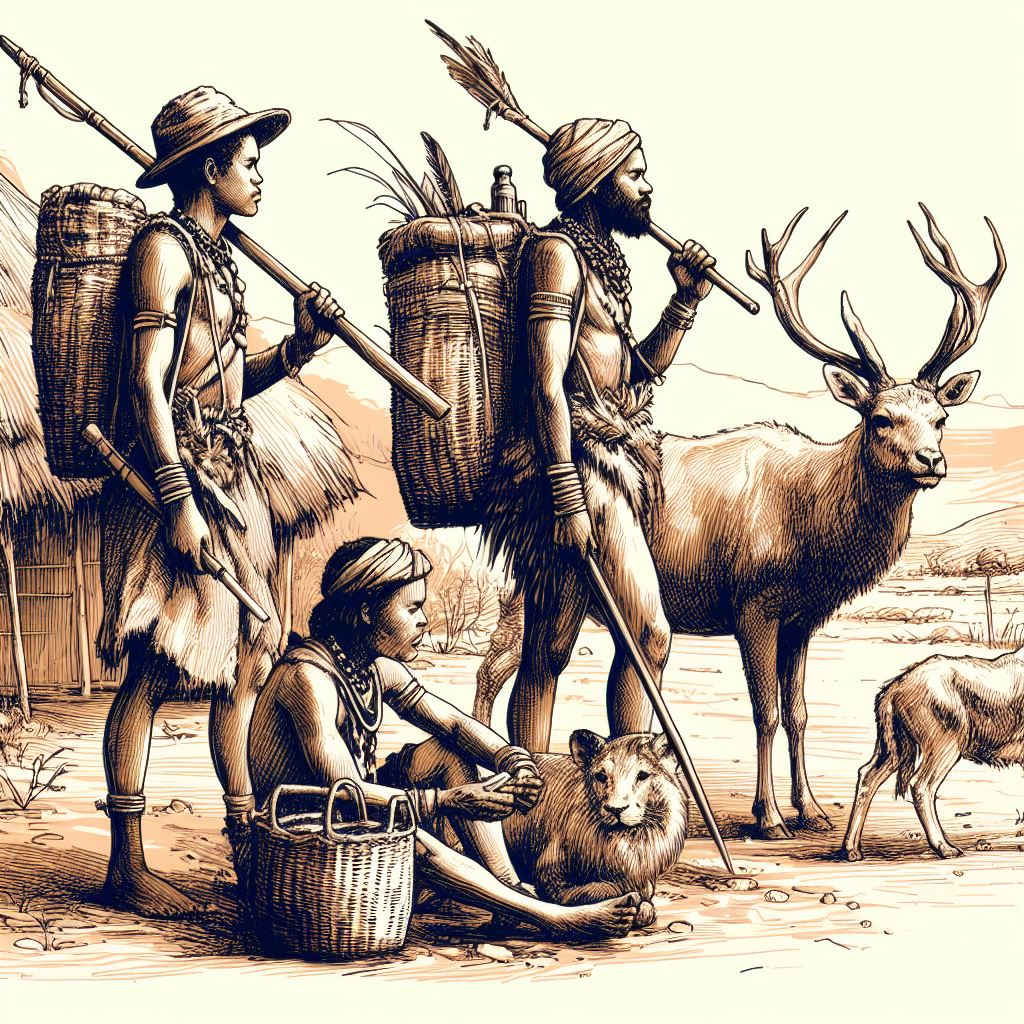The early Humans food-collecting techniques are discussed in this article. So far, we have been considering the evidence of skeletal remains and seeing how these have been used to reconstruct the histories of the movements of peoples across continents. But, there are other, more routine aspects of human life as well. Let us see how these can be studied. Early humans would have obtained food in a number of ways, such as gathering, hunting, scavenging, and fishing. The gathering would involve collecting plant foods such as seeds, nuts, berries, fruits, and tubers. That gathering was practiced is generally assumed rather than conclusively established, as there is very little direct evidence for it. While we get a fair amount of fossil bones, fossilized plant remains are relatively rare. The only other way of getting information about plant intake would be if plant remains were accidentally burnt. This process results in carbonization. In this form, organic matter is preserved for a long span of time. However, so far archaeologists have not found much evidence of carbonized seeds for this very early period.
In recent years, the term hunting has been under discussion by scholars. Increasingly, it is being suggested that the early hominids scavenged or foraged* for meat and marrow from the carcasses of animals that had died naturally or had been killed by other predators. It is equally possible that small mammals such as rodents, birds (and their eggs), reptiles, and even insects (such as termites) were eaten by early hominids. Hunting probably began later – about 500,000 years ago. The earliest clear evidence for the deliberate, planned hunting and butchery of large mammals comes from two sites: Boxgrove in southern England (500,000 years ago) and Schoningen in Germany (400,000 years ago).
From about 35,000 years ago, there is evidence of planned hunting from some European sites. Some sites, such as Dolni Vestonice (in the Czech Republic, see Map 2), which was near a river, seem to have been deliberately chosen by early people. Herds of migratory animals such as reindeer and horses probably crossed the river during their autumn and spring migrations and were killed on a large scale. The choice of such sites indicates that people knew about the movement of these animals and also about the means of killing large numbers of animals quickly.
Did men and women have different roles in gathering, scavenging, hunting, and fishing? We do not really know. Today we find societies that live by hunting and gathering, where women and men undertake a range of different activities, but, as we will see later in the chapter, it is not always possible to suggest parallels with the past.


